Solutions
Products
-
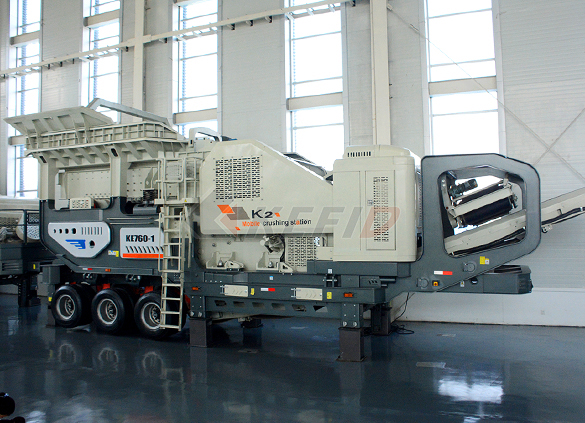
Primary mobile crushing plant
-
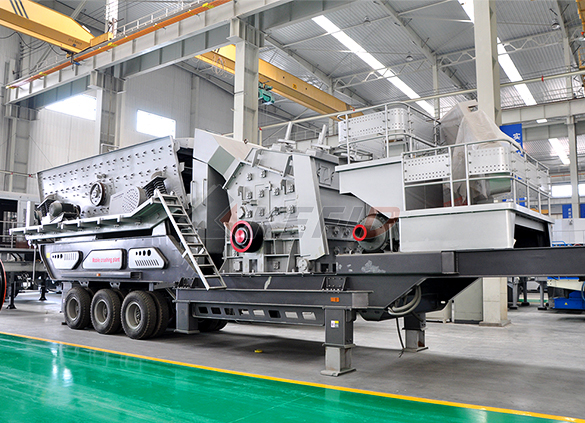
Independent operating combined mobile crushing station
-
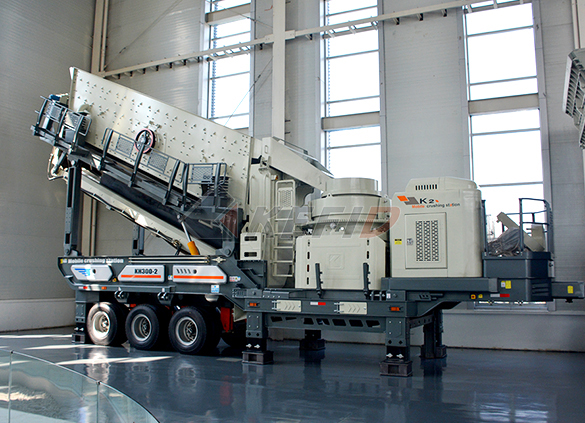
Mobile secondary crushing plant
-

Fine crushing and screening mobile station
-

Fine crushing & washing mobile station
-
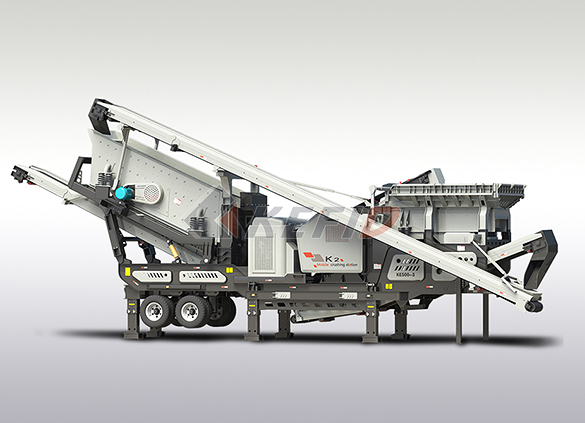
Three combinations mobile crushing plant
-
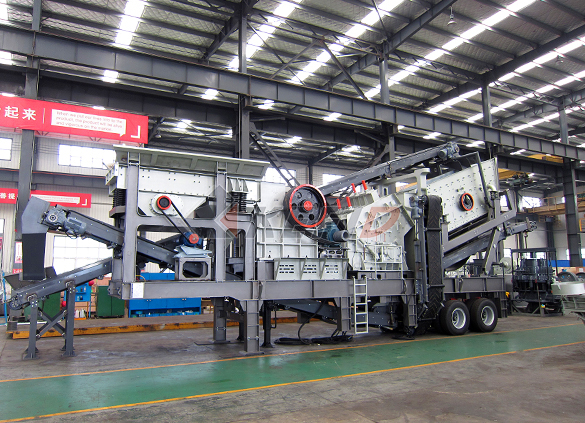
Four combinations mobile crushing plant
-
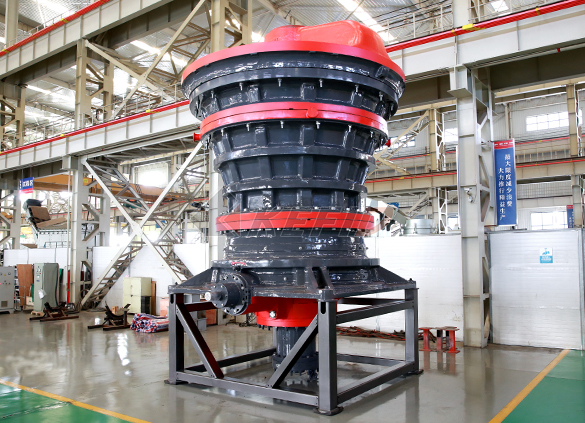
HGT gyratory crusher
-
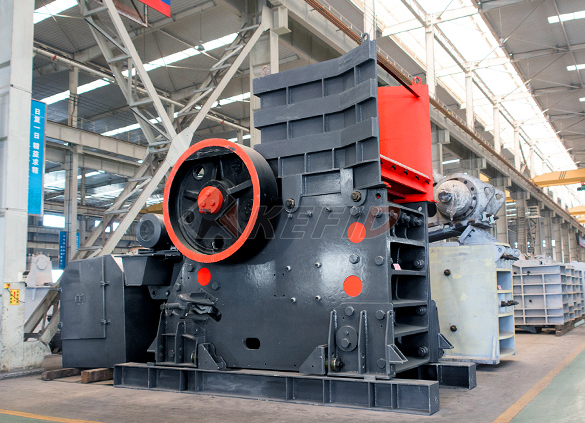
C6X series jaw crusher
-
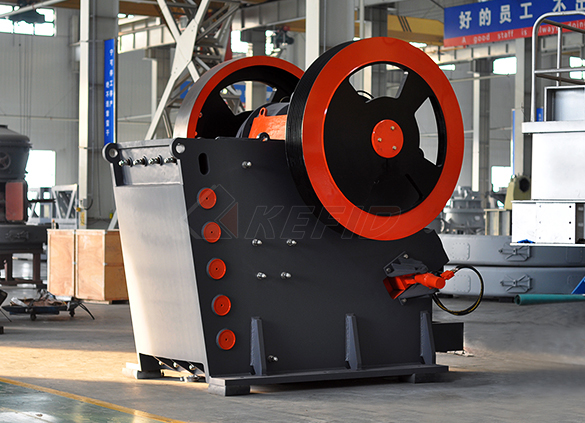
JC series jaw crusher
-
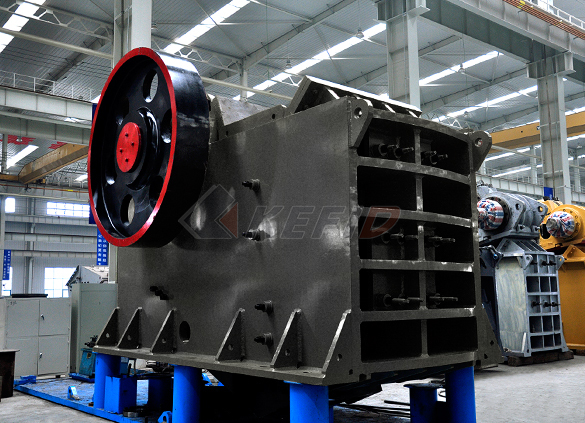
Jaw crusher
-
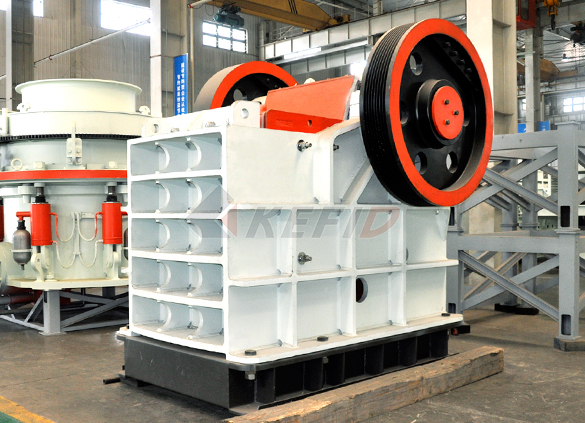
HJ series jaw crusher
-
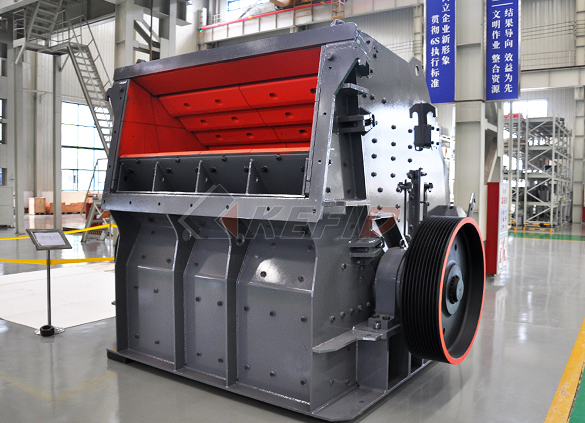
CI5X series impact crusher
-
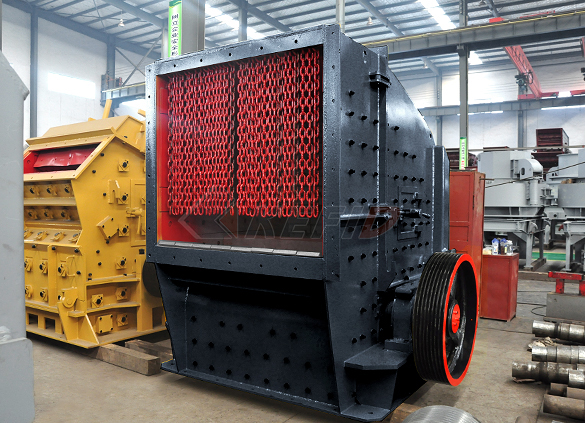
Primary impact crusher
-
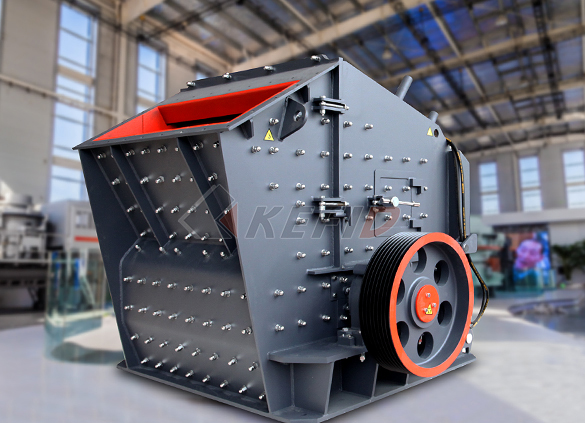
Secondary impact crusher
-

Impact crusher
-
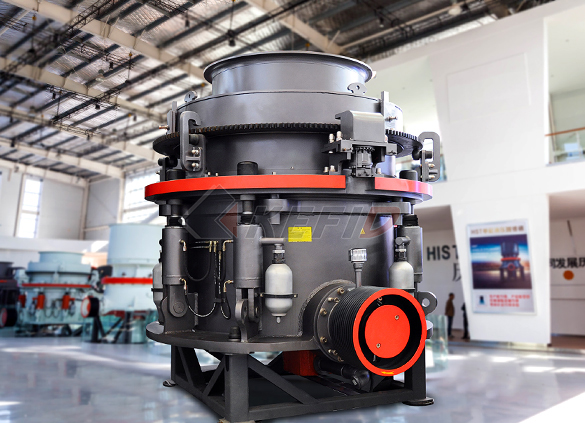
HPT series hydraulic cone crusher
-
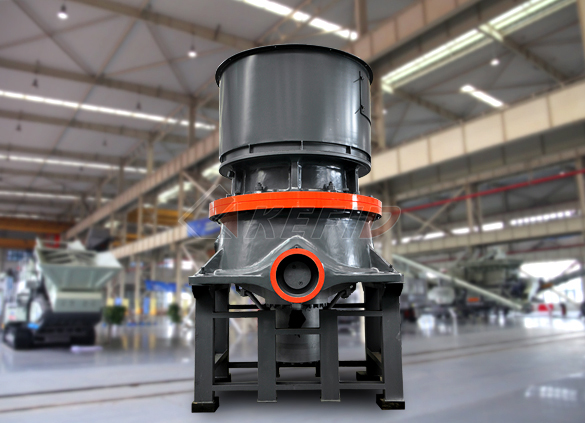
HST hydraulic cone crusher
-

CS cone crusher
-
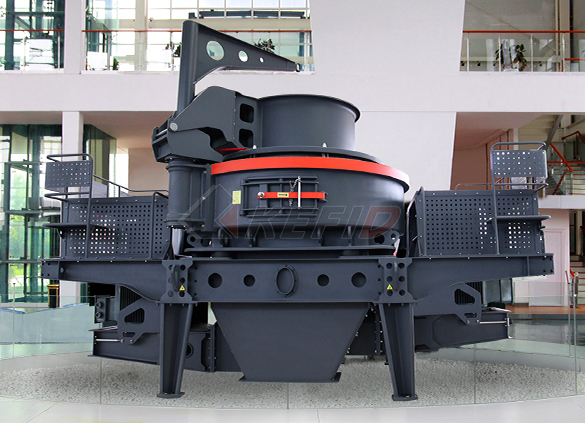
VSI6S vertical shaft impact crusher
-
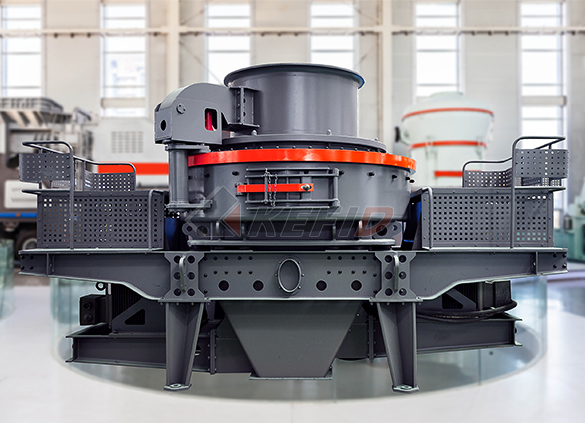
Deep rotor vsi crusher
-
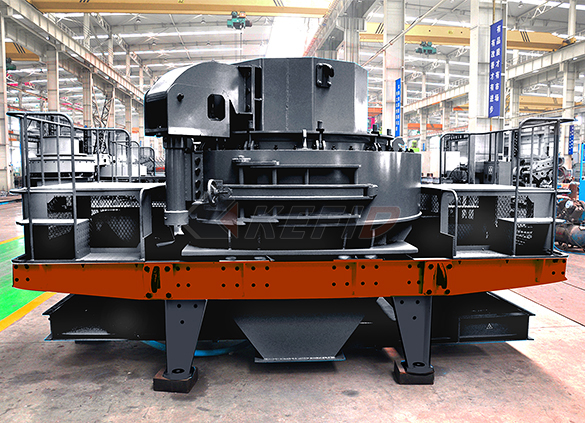
B series vsi crusher
-
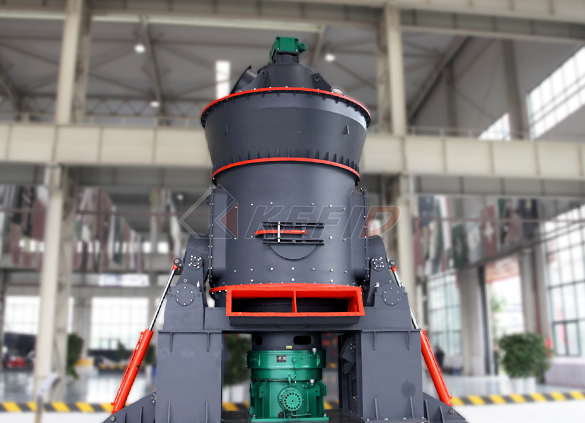
Vertical grinding mill
-
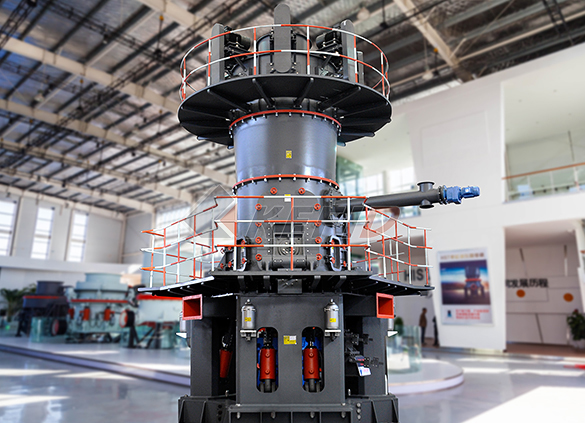
Ultra fine vertical grinding mill
-
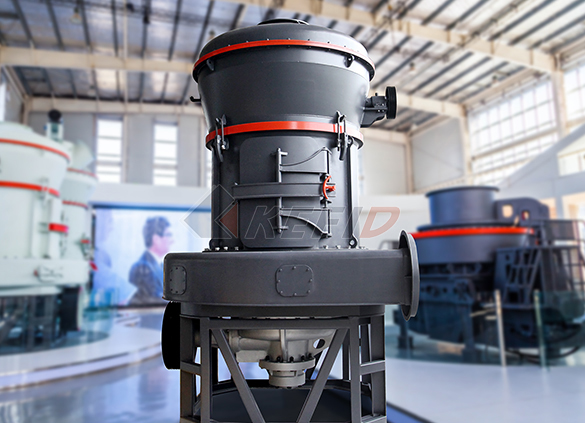
MTW european grinding mill
-

MB5X158 pendulum suspension grinding mill
-
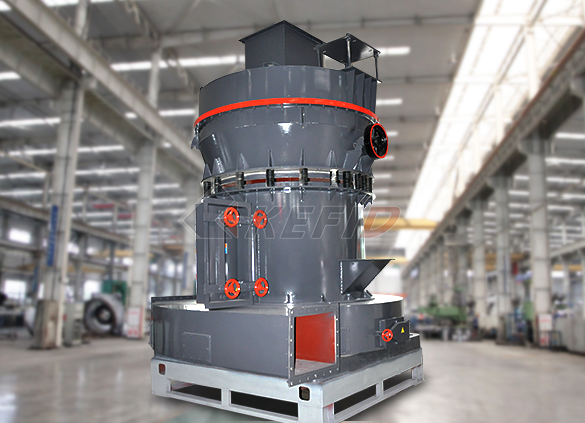
Trapezium mill
-
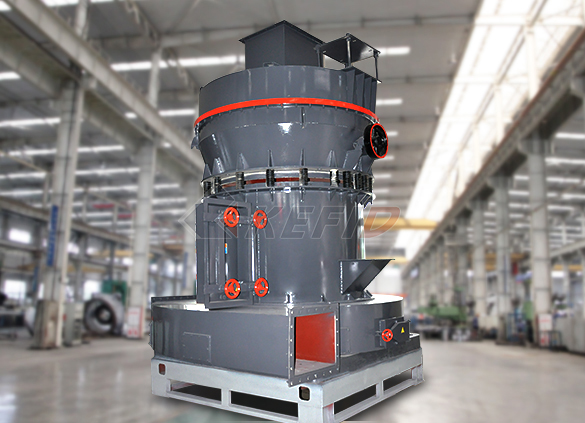
T130X super-fine grinding mill
-

Micro powder mill
-
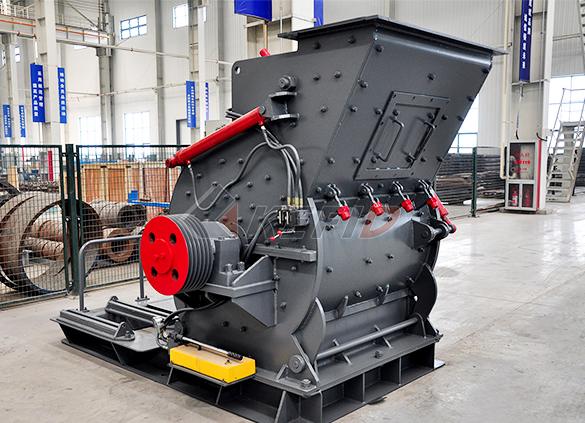
European hammer mill
-
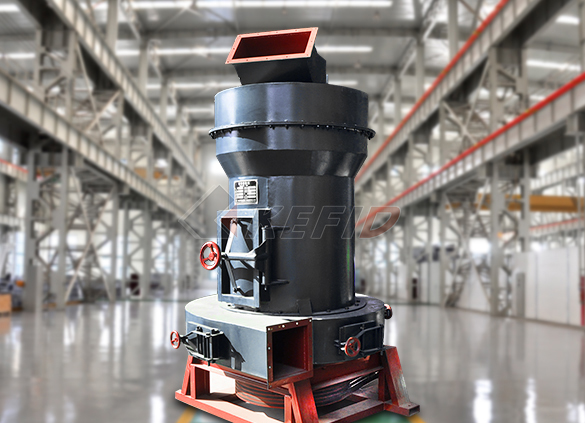
Raymond mill
-

Ball mill
-

GF series feeder
-

FH heavy vibrating feeder
-
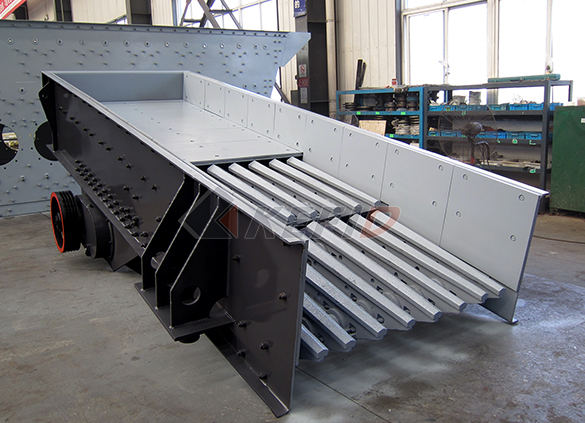
TSW series vibrating feeder
-

Vibrating feeder
-

Vibrating screen
-

S5X vibrating screen
-

Belt conveyor
-
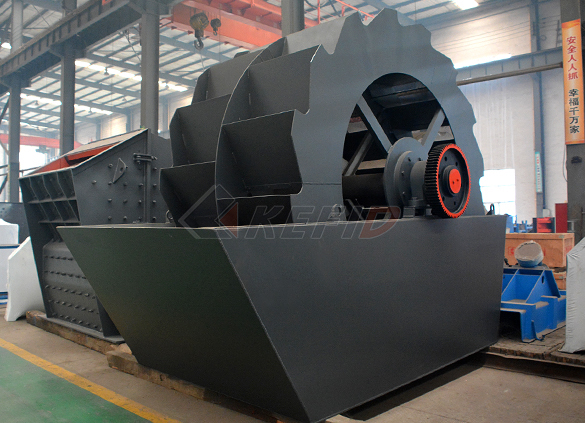
Wheel sand washing machine
-
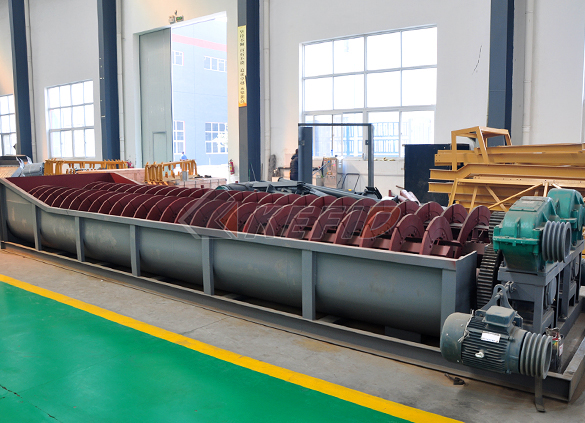
Screw sand washing machine
-
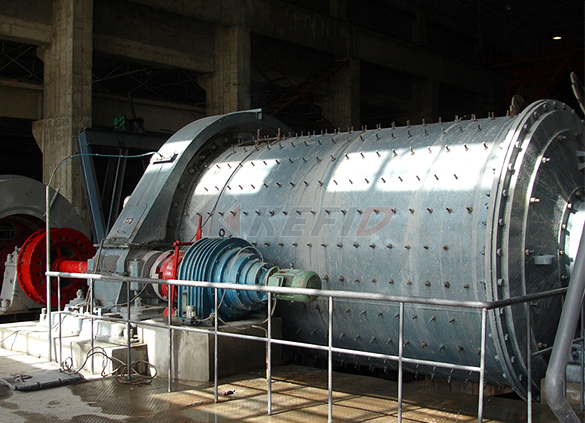
Rod mill
-

Dryer
-
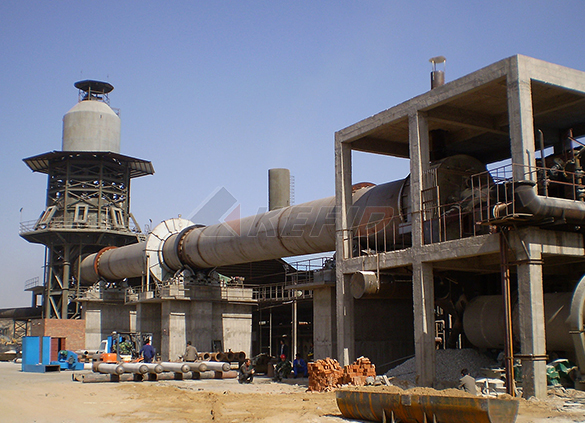
Rotary kiln
-

Wet magnetic separator
-
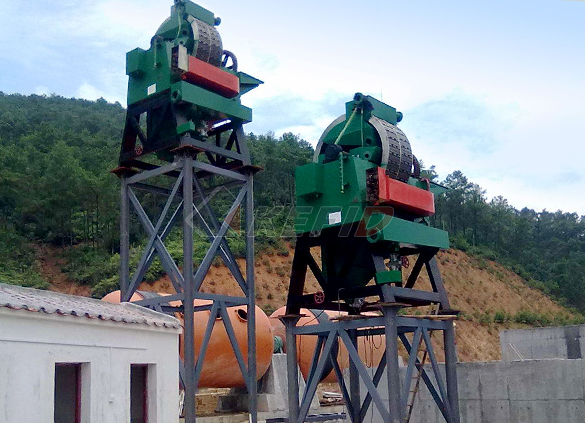
High gradient magnetic separator
-
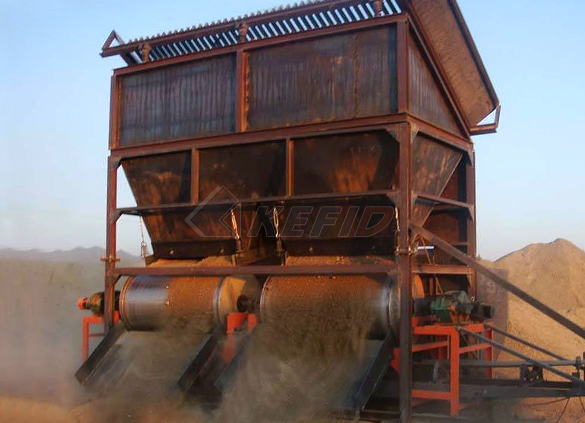
Dry magnetic separator
-

Flotation machine
-

Electromagnetic vibrating feeder
-
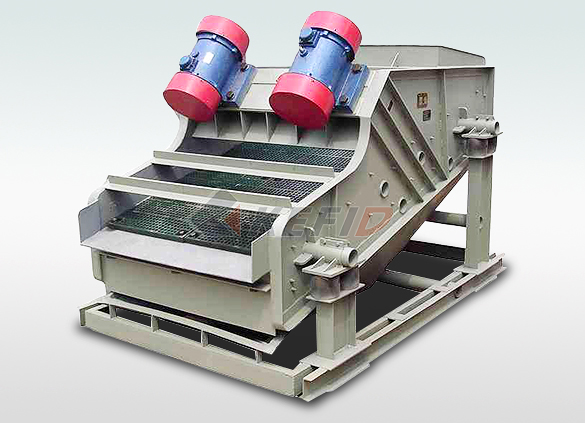
High frequency screen

Children of the Industrial Revolution Museum of Childhood
However, this tradition of child labour reached new extremes during the Industrial Revolution as children worked in factories and mills around Britain Children were often forced to work hard, long hours in dangerous or difficult conditions, receiving minimal or nonexistent payChildren of the Industrial Revolution underwent an entirely new form of child labor which they potentially had not experienced in the past Although for the most part child labor was not a new idea during this time period, it is especially exploited in areas such as mill and factory work during the industrial rise of Great BritainThe Children that Lived Through the Industrial Revolution Dec 28, 2021 During the Industrial Revolution, villages and towns often grew up around factories and mills In some cases, libraries, churches, and other centers of culture and learning developed because of millsTextile Mills: Industrial Revolution History Video
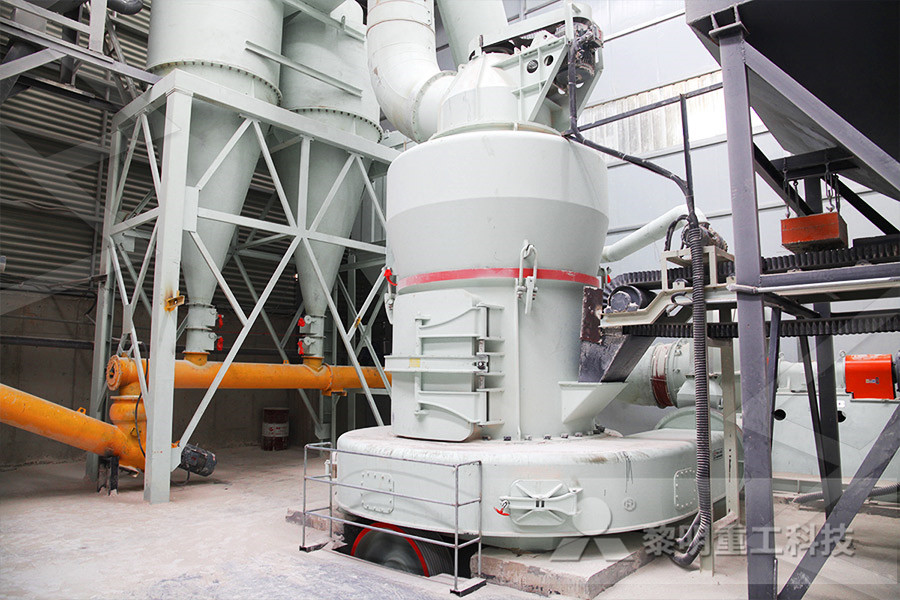
Child Labor during the British Industrial Revolution
The significance of child labor during the Industrial Revolution was attached to both the changes in the nature of child labor and the extent to which children were employed in the factories Cunningham (1990) argues that the idleness of children was more a problem during the Industrial Revolution than the exploitation resulting from employmentMar 31, 2015 Home » Britain 1700 to 1900 » Industrial Revolution » Children in the Industrial Revolution Children in the Industrial Revolution accurate but they do give us a good idea of what life was like for children in the industrial cities of C19 Britain to sit down But this he soon found was strictly forbidden in cotton mills His Children in the Industrial Revolution History Learning SiteTextile manufacture during the Industrial Revolution in Britain was centred in south Lancashire and the towns on both sides of the PenninesIn Germany it was concentrated in the Wupper Valley, Ruhr Region and Upper Silesia, in Spain it was concentrated in Catalonia while in the United States it was in New EnglandThe main key drivers of the Industrial Revolution were Textile manufacture during the British Industrial Revolution

Lesson: Industrial Revolution (Women in World History
The following selections are testimonies from England and Wales collected by Parliamentary commissions who began to investigate the industrial employment of women and children in the early 1840s Inspectors visited mills, mines and shops taking evidence from workers to see ways in which the Industrial Revolution affected women and familiesJan 09, 2017 Textile manufacturing became the dominant industry in Massachusetts during the Industrial Revolution and helped promote further industrialization of the state Although other textile mills were established in Massachusetts in the late 18th and early 19th centuries, they were small and only employed a total of 100 people in the entire stateRole of the Massachusetts Textile Mills in the Industrial Oct 14, 2009 The Industrial Revolution, which took place from the 18th to 19th centuries, was a period during which predominantly agrarian, rural societies in Europe and America became industrial and urbanIndustrial Revolution: Definitions, Causes Inventions

Lesson: Industrial Revolution Textile Workers (Women in
Before the Industrial Revolution, Halstead was an agricultural community with a cottage industry producing woolen cloth In Halstead, as elsewhere in England, unemployment among depressed farming households and former wool workers forced people to find work outside the homeThe Industrial Revolution was the transition to new manufacturing processes in Great Britain, continental Europe, and the United States, in the period from about 1760 to sometime between 1820 and 1840 This transition included going from hand production methods to machines, new chemical manufacturing and iron production processes, the increasing use of steam power Industrial Revolution WikipediaThe Industrial Revolution created a new working class; The new class of industrial workers included all the men, women, and children laboring in the textile mills, pottery works, and mines; Wages were low, hours were long, and working conditions unpleasant and dangerous; Women and children regardless of where they worked had the most Social Changes During The Industrial Revolution

The Role of Women in the Industrial Revolution Tsongas
In 1821, the investors purchased farmland around the falls, and the first mills opened in 1823 During the next 25 years, they built additional mills and an intricate system of canals that supplied water power to the mills By 1843, Lowell was the largest industrial center in the United States Women at Work: Lowell's Early LaborIndustrial Revolution American 19th Century, Textile Merchant, c 1840, oil on canvas, National Gallery of Art, Washington, Gift of Edgar William and Bernice Chrysler Garbisch, 1953581 By the 1840s, when this portrait was made, textile mills had spread throughout New England This merchant’s portrait is evidence of that growing industryIndustrial Revolution National Gallery of ArtFirst Industrial Revolution The first wave of the Industrial Revolution lasted from the late 1700s to the mid1800s It industrialized the manufacture of textiles and began the move of production from homes to factories Steam power and the cotton gin played an important role in this period Second Industrial Revolution The next wave took US History: Industrial Revolution for Kids

Social Impact of the Industrial Revolution
Social Impact of the Industrial Revolution The Industrial Revolution brought great riches to most of the entrepreneurs who helped set it in motion For the millions of workers who crowded into the new factories, however, the industrial age brought poverty and harsh living conditions In time, reforms would curb many of the worst abuses of the When studying the industrial revolution it can be easy to get lost in the amount of detail from the period Alot happened in just 150 years and it can be difficult to choose which key events are most significant This Industrial Revolution facts page will Industrial Revolution Facts Key Points from 17001850Source: BR Mitchell, Abstract of British Historical Statistics, Cambridge: Cambridge University Press, 1962, p60 Domestic Service Domestic work – cooking, cleaning, caring for children and the sick, fetching water, making and mending clothing – took up the bulk of women’s time during the Industrial Revolution periodWomen Workers in the British Industrial Revolution

The Industrial Revolution
The Industrial Revolution rapidly gained pace during Victoria's reign because of the power of steam Victorian engineers developed bigger, faster and more powerful machines that could run whole factories This led to a massive increase in the number of factories (particularly in textile factories or mills)The Industrial Revolution was a major event in world history and had a profound effect on societies around the world In particular, the Industrial Revolution impacted the lives of working class people and the children of industrial societies Child labor was a common feature in industrial societies as children as young as four years old were often employed in the Child Labor in the Industrial Revolution HISTORY CRUNCH The introduction of liberalism in the 18th century meant a new age in British politics, which continued through the Industrial Revolution Gladstone (Liberal) and Disraeli (Conservative) were two of the most influential political leaders of the late Industrial Revolution Both advocated reform of social structure; as a result, some of the more productive governments camePolitical Change during the Industrial Revolution

The Industrial Revolution (KS2) Made Easy For Parents
Aug 05, 2021 The industrial revolution is characterised by the invention of the steam engine, the use of cheap labour, new social reform movements, factories and mills This was a time where social, economic and cultural changes were taking placeApr 05, 2018 Children and the Industrial Revolution Children were part of the labour force of the Industrial Revolution They often worked long hours and were used for such highly hazardous tasks as cleaning the machinery In the early 1860s, an estimated onefifth of the workers in Britain’s textile industry were younger than 1510 Interesting Facts About The Industrial Revolution Mar 16, 2018 The time period of the industrial revolution was 1750 to 1914 The industrial revolution occurred in two distinct phases: the first industrial revolution, between 1750 and 1850, and the second industrial revolution, between 1850 and 1914 Furthermore, the industrial revolution originated in Great Britain and spread across the world in three waves:Industrial Revolution Timeline History of Massachusetts

Political Change during the Industrial Revolution
The introduction of liberalism in the 18th century meant a new age in British politics, which continued through the Industrial Revolution Gladstone (Liberal) and Disraeli (Conservative) were two of the most influential political leaders of the late Industrial Revolution Both advocated reform of social structure; as a result, some of the more productive governments cameAug 05, 2021 The industrial revolution is characterised by the invention of the steam engine, the use of cheap labour, new social reform movements, factories and mills This was a time where social, economic and cultural changes were taking placeThe Industrial Revolution (KS2) Made Easy For ParentsApr 05, 2018 Children and the Industrial Revolution Children were part of the labour force of the Industrial Revolution They often worked long hours and were used for such highly hazardous tasks as cleaning the machinery In the early 1860s, an estimated onefifth of the workers in Britain’s textile industry were younger than 1510 Interesting Facts About The Industrial Revolution
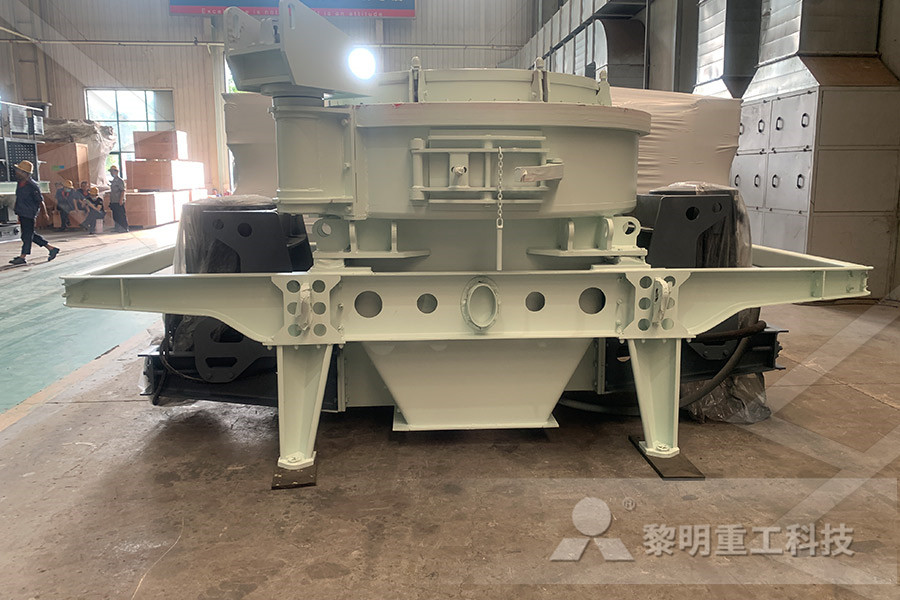
Industrial Revolution Timeline History of Massachusetts
Mar 16, 2018 The time period of the industrial revolution was 1750 to 1914 The industrial revolution occurred in two distinct phases: the first industrial revolution, between 1750 and 1850, and the second industrial revolution, between 1850 and 1914 Furthermore, the industrial revolution originated in Great Britain and spread across the world in three waves:The Industrial Revolution changed economic, political and social factors This essay will analyze the impact of the Industrial Revolution on society and economy, the content will dived into parts In the first stage, it will argue the positive impact of the Industrial Revolution on economy and urbanisationThe Impact of the Industrial Revolution on British Society The first, or old, Industrial Revolution took place between about 1750 and 1870 Took place in England, the United States, Belgium, and France Saw fundamental changes in agriculture, the development of factories, and ruraltourban migration The second Industrial Revolution took place between about 1870 and 1960Industrial Revolution PowerPoint Presentation

Immigration and the American Industrial Revolution From
Dec 01, 2009 2 How Might Immigration Affect Industrialization There is a long list of potential factors—variables or conditions—that might have caused the American industrial revolution, including the discovery or adoption of new technologies, the availability and mobility of capital, the expansion of markets as a result of new transportation systems, added demand from a women, and children, and the heedless destruction of the environment Along with the political changes initiated by the French Revolution, the Industrial Revolution shaped European history during the 19th and early 20th centuries Explaining why this revolution in the way goods are produced and distributed is no easy taskThe Industrial Revolution / Manchester WoodvilleThe Industrial Revolution refers to the rapid changes in the organization of manufacturing industry that transformed countries from rural agricultural to urban industrial economies It began in the late 18 th century in the Midlands area of England, then spread throughout the country, into continental Europe, and to the northern United StatesIndustrial Revolution PowerPoint Presentation (Recovered

Important Inventions of the Industrial Revolution
The Industrial Revolution was a time of great change and development throughout parts of Europe in which society made substantial technological progress A large amount of this progress was centered in Britain, not only because of its resources, but also due to the economic conditions that were present in Britain during the timeAn early landmark moment in the Industrial Revolution came near the end of the 18th century when Samuel Slater brought new manufacturing technologies from Britain to the United States and founded the first US waterpowered cotton mill in Pawtucket, Rhode Island Like many of the mills and factories that sprang up in the next few decades The Industrial Revolution in America – Legends of AmericaThe Industrial Revolution was a global phenomenon marked by the transition to new manufacturing processes in the period from about 1760 to 1840 The Industrial Revolution began in the United Kingdom, and mechanized textile production spread from Great Britain to continental Europe and the United States in the early nineteenth centuryThe Industrial Revolution Boundless US History

The Industrial Revolution Questions and Answers Study
The Industrial Revolution Questions and Answers Get help with your The Industrial Revolution homework Access the answers to hundreds of The Industrial Revolution questions that are explained in Chapter 9: The Industrial Revolution, 1700–1900 Rail locomotives began connecting US cities in the 1840s, enabling transport of goods between factories, cities, and ports The Industrial Revolution begins in Britain, spreads to other countries, and has a strong impact on economics, politics, and societyChapter 9: The Industrial Revolution, 1700 1900